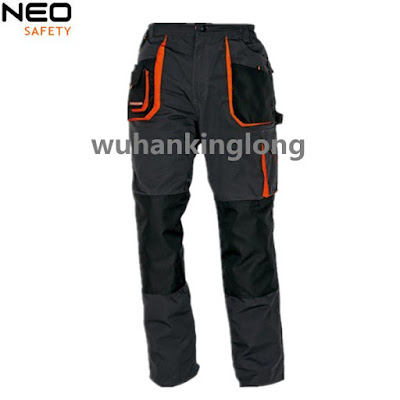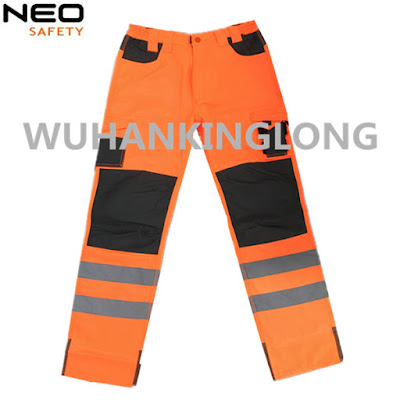workwear garments
By the early 20th century, the industry in the developed world often involved immigrants in "sweat shops", which were usually legal but were sometimes illegally operated. They employed people in crowded conditions, working manual sewing machines, and being paid less than a living wage. This trend worsened due to attempts to protect existing industries which were being challenged by developing countries in South East Asia, the Indian subcontinent and Central America. Although globalization saw the manufacturing largely outsourced to overseas labor markets, there has been a trend for the areas historically associated with the trade to shift focus to the more white collar associated industries of fashion design, fashion modeling and retail. Areas historically involved heavily in the "rag trade" include London and Milan in Europe, and the SoHo district in New York City.
The garment industry is a major contributor to the economies of many countries. The industry for Ready Made Garments has been criticized by labor advocates for the use of sweatshops, piece work and child labor.
In 2016, the largest apparel exporting nations were China ($161 billion), Bangladesh ($28 billion), Vietnam ($25 billion), India ($18 billion), Hong Kong ($16 billion), Turkey ($15 billion) and Indonesia ($7 billion).[1] By 2025, it is projected that the United States market will be worth $385 billion. It is also projected that the e-commerce revenue will be worth 123 million in the United States by 2022.
If you want to know more about workwear garments for Industry, please go to: www.wuhankinglong.com.
 |
The garment industry is a major contributor to the economies of many countries. The industry for Ready Made Garments has been criticized by labor advocates for the use of sweatshops, piece work and child labor.
In 2016, the largest apparel exporting nations were China ($161 billion), Bangladesh ($28 billion), Vietnam ($25 billion), India ($18 billion), Hong Kong ($16 billion), Turkey ($15 billion) and Indonesia ($7 billion).[1] By 2025, it is projected that the United States market will be worth $385 billion. It is also projected that the e-commerce revenue will be worth 123 million in the United States by 2022.
If you want to know more about workwear garments for Industry, please go to: www.wuhankinglong.com.



评论
发表评论